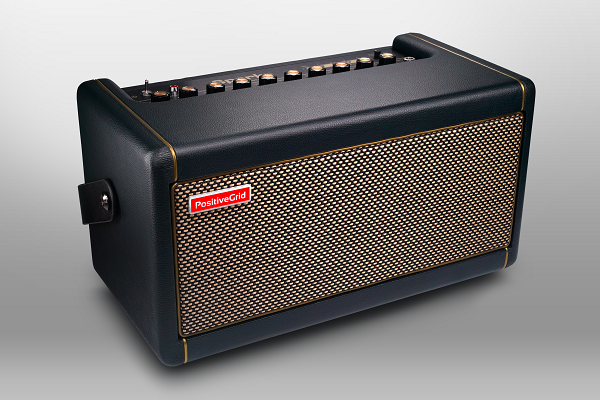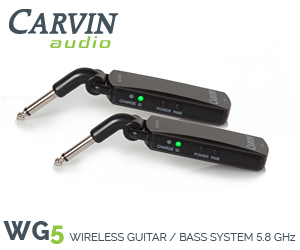Spark the Creative Fire Within – Positive Grid’s Spark Turns the Compact Modeling Amp World On Its Head
trushack | Feb 18, 2021 | Comments 0
Positive Grid is well-known for it’s super-flexible, high-quality BIAS audio software. So when Positive Grid introduced the Spark amplifier, which is powered by the same technology behind BIAS, it pretty much flew off shelves. As of this writing, Positive Grid has moved over 150,000 Spark amplifiers out into the musically inclined public since it’s introduction just over a year ago. The reason for this reception is really no surprise; Spark offers unparalleled capabilities that can serve just about any whim a musician might have. Wanna dive into a virtual jam session with other instruments? Learn a few tunes? Explore new tone and signal paths? Upgrade your interface? Spark does all of that and more.
Using Positive Grid’s powerful and popular BIAS engine as a foundation, Spark puts a ton of tonal options under the hood, all voice controllable through its purpose-built app. You’ll get enough amplifier and effect modeling options to build thousands of custom signal chains to suit your needs whatever musical whims or explorations you’re inspired to pursue, or you can meticulously recreate your favorite live rig in a smaller, flexible form factor.
This writer will dare say that the real fire behind Spark is the powerful learning and practicing tools that accompany it. Spark can actually listen to you and, through it’s Smart Jam feature, build a complete backing track molded to your style and groove. Just select your percussion style, play whatever cool riff is on your mind, and Spark will do the rest. It’s a great way to explore styles outside your comfort zone, work up your next big hit, or simply work on tightening up your groove and feel.
Spark will also listen to other musicians, and let you in on their bag tricks. With it’s Auto Chord detection feature, Spark will listen to your favorite tunes and build out a chord chart so you can teach yourself with minimal hassle. Just fire up your favorite Spotify, Apple Music or iTunes playlist and off you go.
Given its portable size and design, Spark is most comfortable at home…err, well…at home. As we can see, it’s absurd to call Spark a mere “practice amp” however, given the huge range of tech-forward tricks it deploys. Indeed this writer would bet a shiny nickel that no other compact amplifier designed primarily for home use has ever been welcomed with the sort of reception that Spark has received right out of the gate.
Spark’s outward appearance is fairly traditional as far as amps go, with classy piping, covering, grill cloth, top-mounted controls that cover all the familiar parameters, with spicy additions like modulation and reverb not typically found on many smaller amps, make it instantly recognizable at first glance as an amplifier. You can plug your electric, acoustic or bass guitar right in and call it a day if you really wanted to do that and go on your merry way. You can also use it as a Bluetooth speaker to stream your favorite tunes.
Forty watts of power push two four-inch speakers with a tuned bass port; while it may seem like a lot of wattage for an amp this size, that extra power helps provide clarity and headroom, avoiding the boxiness that can occasionally plague smaller amps. So even if you just want to plug in and go without using the app, Spark is set up to help you sound your best. It can even be used as a USB interface (Spark delivers with PreSonus Studio One Prime, a nice bonus if you don’t already have recording software installed)
It boggles the mind to think that, not too long ago, amplifiers designed for playing at home were considered extra-capable if they had a gain switch or reverb. Now, Positive Grid delivers an amp the size of a large shoe box that has more processing power and capability than many refrigerator-sized racks back in the ’80s probably had. It’s a great time to be a guitar player!
Check current details by visiting Positive Grid!
Tiny URL for this post:
About the Author:





















